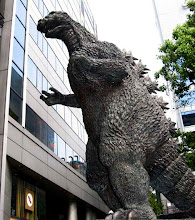

“Throughout history, it has been the inaction of those who could have acted; the indifference of those who should have known better; the silence of the voice of justice when it mattered most; that has made it possible for evil to triumph.”
"We have finished the job. What shall we do with the tools?"
Haile Selassie I (Ge'ez: ኃይለ፡ ሥላሴ, "Power of the Trinity"; 23 July 1892 – 27 August 1975), born Tafari Makonnen, was Ethiopia's regent from 1916 to 1930 and Emperor of Ethiopia from 1930 to 1974. The heir to a dynasty that traced its origins to the 13th century, and from there by tradition back to King Solomon and the Queen of Sheba, Haile Selassie is a defining figure in both Ethiopian and African history.
At the League of Nations in 1936, the Emperor's condemnation of the use of chemical weapons against his people was a pivotal moment in the onset of World War II, as well as a foreshadowing of the "barbarism" which was to come.His internationalist views led to Ethiopia's becoming a charter member of the United Nations, and his political thought and experience in promoting multilateralism and collective security have proved seminal and enduring.His suppression of rebellions among the nobles (mekwannint), as well as what some perceived to be Ethiopia's failure to modernize adequately, earned him criticism among some contemporaries and historians.
Haile Selassie is revered as the religious symbol for God incarnate among the Rastafari movement, the number of adherents of which is indeterminate due to the loose structure of the religion, but is estimated between 1 and 2 million. Begun in Jamaica in the 1930s, the Rastafarian movement perceives Haile Selassie as a messianic figure who will lead the peoples of Africa and the African diaspora to a golden age of peace, righteousness, and prosperity.




No comments:
Post a Comment